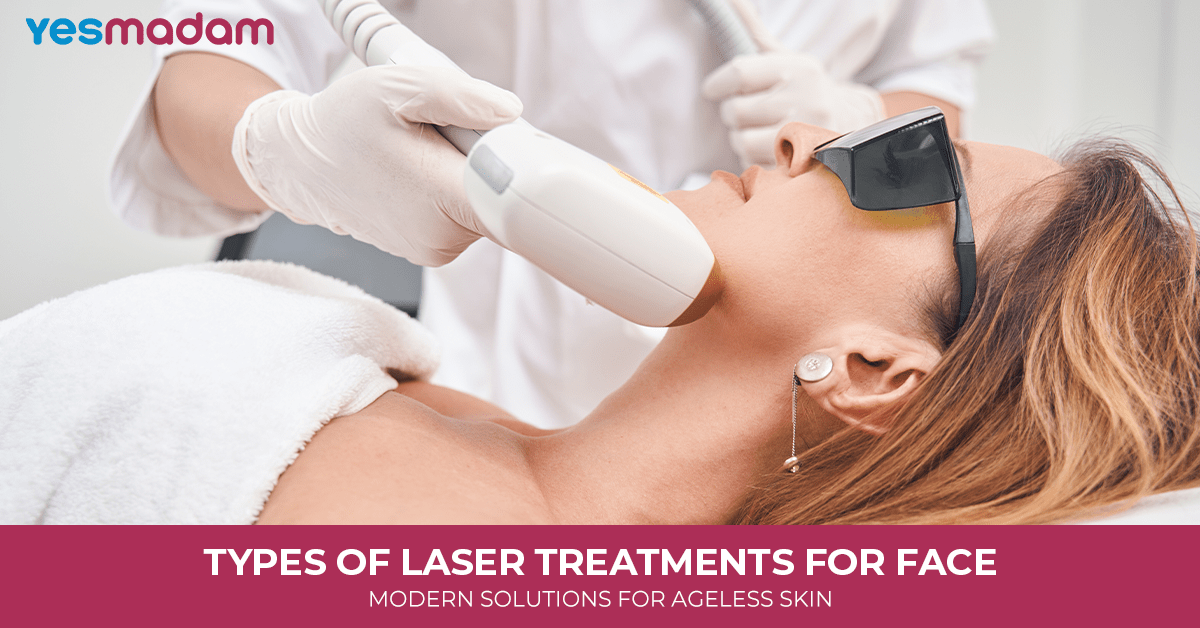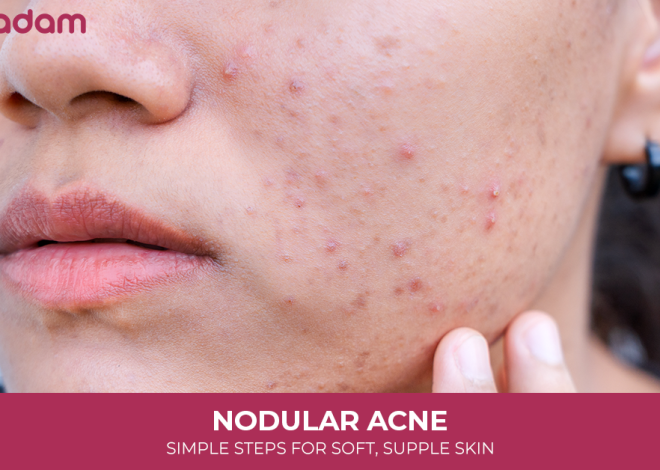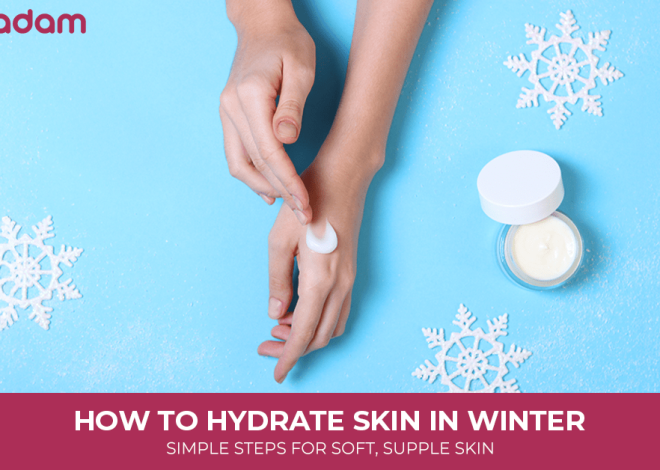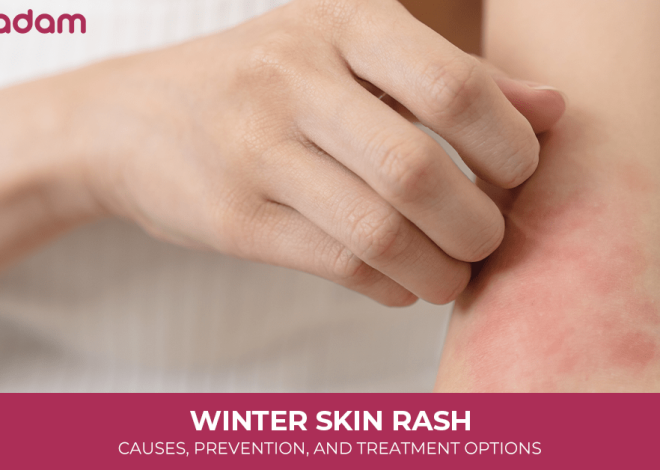
Types of Laser Treatments for Face: Modern Solutions for Ageless Skin
Laser treatments are gaining popularity to smooth the complexion and decrease the appearance of many skin issues like blemishes, acne scars, wrinkles, etc.
Laser facial procedures comprise distinct purposes and types. These treatments are mainly designed for wrinkle reduction, hair removal, and rejuvenation.
Read this blog ahead to know more about types of laser treatments for face, how they work, and which one is best for you based on factors like the colour of your hair, skin type, growth patterns of hair, and age range.
Table of Contents
What is Laser Treatment for Face?
Laser facial treatment, also called laser treatment for the face, or laser skin facial, is a type of cosmetic dermatology process that makes use of focused laser energy to eliminate dead and damaged skin cells. This gives a boost to the regeneration of clearer, healthier skin while also addressing deep-rooted issues such as uneven tone, ageing signs, and acne scars.
Conventional treatments mostly emphasize surface-level conditions, for example, discolouration and wrinkles. Laser treatments for the face, using cutting-edge laser technology, go deeper, enabling the skin to tighten and lift, and improve overall facial contours without the invasiveness of traditional procedures.
Benefits of Laser Treatment for Face

Laser treatments for the face offer a wide array of benefits, including reducing wrinkles and fine lines, improving skin tone and texture, and minimizing the appearance of scars and pigmentation issues.
Specific Benefits of Laser Treatments on Face:
Wrinkle and Fine Line Reduction: Lasers can smooth out wrinkles and fine lines by stimulating collagen production and promoting skin tightening.
Improved Skin Tone and Texture: Uneven skin tone, age spots, and other pigmentation issues can be addressed with laser treatments, leading to a brighter, more even complexion.
Scar Reduction: Lasers can effectively minimize the appearance of acne scars, surgical scars, and other types of scars.
Sun Damage Repair: Laser treatments can help reverse the effects of sun damage, including age spots and discoloration.
Skin Rejuvenation: By stimulating collagen and elastin production, laser treatments can rejuvenate the skin, making it appear firmer, smoother, and more youthful.
Hair Removal: Laser treatments can be used for permanent hair reduction on the face and other areas.
Minimally Invasive: Most laser treatments are minimally invasive, requiring little to no downtime.
Targeted Treatment: Lasers can be precisely targeted to specific areas of concern, minimizing damage to surrounding skin.
Versatile: Lasers can be used to address a wide range of skin concerns, making them a versatile option for facial rejuvenation.
Important Considerations:
Consult with a qualified professional: It’s crucial to consult with a dermatologist or qualified aesthetician to determine the most appropriate laser treatment for your specific skin type and concerns.
Understand the risks and benefits: While generally safe, laser treatments do have potential risks and side effects, such as redness, swelling, and temporary pigment changes. It’s important to discuss these with your practitioner.
Follow post-treatment instructions: Proper aftercare is essential for optimal results and to minimize potential complications.
Types of Laser Treatments for Face

Laser treatments have been widely used since ancient civilisations. Here are the 7 types of laser treatments for the face that target and treat various skin conditions:
Co2 Lasers
Also called fractional Co2 laser, Co2 laser skin resurfacing, co2 laser procedure is best for treating wrinkles, warts, and scars, and other more profound skin issues. These lasers also treat other benign skin growths like birthmarks.
Mechanism:
- This type of laser light treatment for face works by destroying the epidermis and overheating the dermis.
- It causes an instant injury to the skin, leading to a scab (just like sunburn) that will heal gradually over the next 2 weeks.
- It prevents skin cells from regrowing and aids in collagen production.
- With the regrowth and healing of destroyed epidermis, the skin thus treated appears clearer, smoother, or firmer.
Intense Pulsed Light
These lasers emit pulses of light at different wavelengths. They are effective in eliminating sunspots, freckles, age spots, and many other skin conditions, including rosacea and acne.
Mechanism
- It is a non-ablative laser that targets pigment within the skin using high-intensity pulses of broad-spectrum light.
- Does not damage or remove any surrounding tissue.
- The treatment is non-invasive and thus, no downtime is involved.
Fractional Lasers
Fractional laser treatments for the face are best for treating wrinkles and acne scars. Plus, they are also a good choice for addressing many age-related blemishes.
Mechanism
- It represents a blend of both CO2 and IPL lasers and is effective in treating the skin’s surface.
- The procedure at one go delivers thousands of heated microscopic zones to a small patch of your skin.
- This implies that only a small part of the skin is injured and thus, there are fewer chances of redness or pain.
- The heat emanating from these lasers produces new collagen production in the treated part while also eliminating damaged tissue.
Pulsed Dye Laser
This laser treatment for the face treats broken capillaries, rosacea, and redness through heating the skin and absorbing pigments.
Mechanism
- Emits light at specific wavelengths and is absorbed by hemoglobin, targeting blood vessels.
- Selectively targets vascular structures without significant damage to surrounding tissue.
- It causes less pain and has no downtime.
Erbium
This treatment works best for those with larger skin tones. It uses erbium laser peels to address fine lines, wrinkles, and deep acne scarring.
Mechanism
- Erbium lasers target the melanin in your skin and help minimize freckles and age spots.
- It is a non-invasive treatment that works by targeting surface-level and moderately deep wrinkles and lines on the face, neck, chest, and hands.
- During the procedure, little tissue destruction occurs around the treatment area.
Q-Switch Laser
Q-switched lasers are effective for dark tattoo ink removal and treat many pigmented skin lesions by targeting pigments precisely without too much thermal damage.
Mechanism
- Delivers high-intensity pulses of light in very short durations.
- It works by causing photoacoustic disruption of pigment particles and breaking them down for natural removal by the body.
Skin Conditions That a Laser Treatment Target On The Face?
| Skin conditions | Symptoms | Which laser treatment for face works |
| Rosacea | Flush or blush concentrated on the nose and cheeks. | Pulsed dye laser treatment. |
| Sunspots | Flat brown spots, also called liver spots. | Intense pulse light, Erbium laser |
| Spider veins | Dilated blood vessels near the skin surface. | Pulse dye laser |
| Vascular lesions | Purple, red patches of blood vessels ruptured underneath the skin. | Pulse Dye laser |
| Scars, acne, fine lines, pigmentation | Age spots, freckles, liver spots, etc. | CO2 laser, erbium laser, IPL. |
| Pigmented lesions | Dark tattoo pigments | Q-switch laser. |
Conclusion
This blog on types of laser treatments for face has thoroughly discussed six types of laser treatments for the face. Each of these types of treatments has proven its efficacy in treating both surface-level and deeper skin conditions like warts, scars, wrinkles, spider veins, and more. But each of these laser treatments has unique properties that make it a better choice for facial rejuvenation than others.
FAQs
Is laser treatment good for your face?
Yes, laser treatment can be highly beneficial for various facial skin concerns, offering solutions for wrinkles, scars, pigmentation issues, and even unwanted hair.
Which face laser treatment is best?
If you’re looking for dramatic results, an ablative or fractional CO2 laser might be the best option.
Which is the best laser for pigmentation on face?
Q-Switched Nd: YAG lasers are a popular option, especially for darker skin tones, while Pico lasers are known for faster results with less downtime.
What is the safest laser treatment for face?
For the safest laser treatment for the face, non-ablative fractional lasers are generally recommended due to their gentler approach and minimal downtime.
What is the best age for CO2 laser treatment?
There’s no single “best” age for CO2 laser treatment, as its suitability depends on individual skin concerns and goals. However, it’s often considered effective for individuals in their 40s and beyond.
Is there any side effect of laser on the face?
Yes, laser treatments on the face can have potential side effects, though many are mild and temporary. Common side effects include redness, swelling, and mild pain, which usually subside within a few days.
How long do laser treatments last on your face?
On average, patients can expect laser skin resurfacing results to last anywhere from 3-5 years after having the procedure done.
How many sittings are required for face laser treatment?
The number of sessions can vary for each person. On average, most people need 6 to 8 sessions to see effective results.
What is the cost of laser treatment for face?
If you plan to opt for laser skin treatments in India, then the cost per session will be between Rs. 2000 – Rs. 40,000.
How many times can you laser your face?
A series of 4-6 treatments, one month apart, is recommended for best results. A single treatment every 6 months to a year after your series of treatments will help to maintain results.



